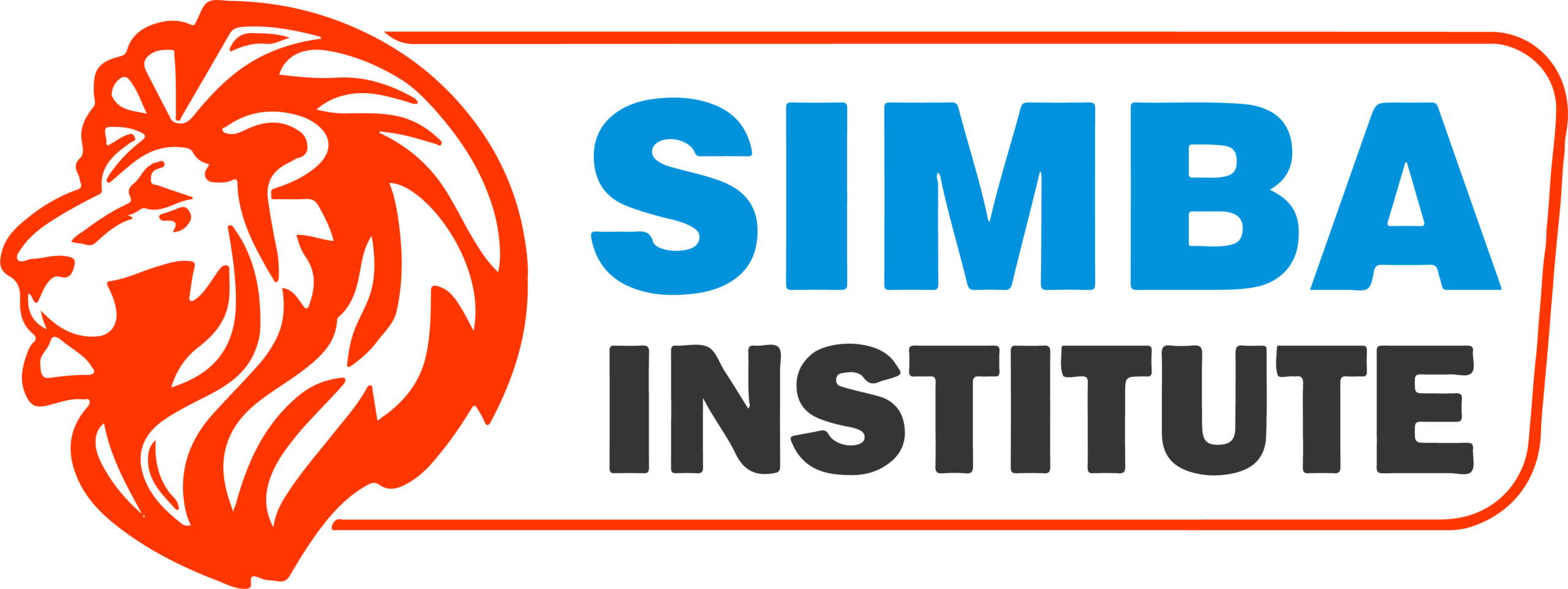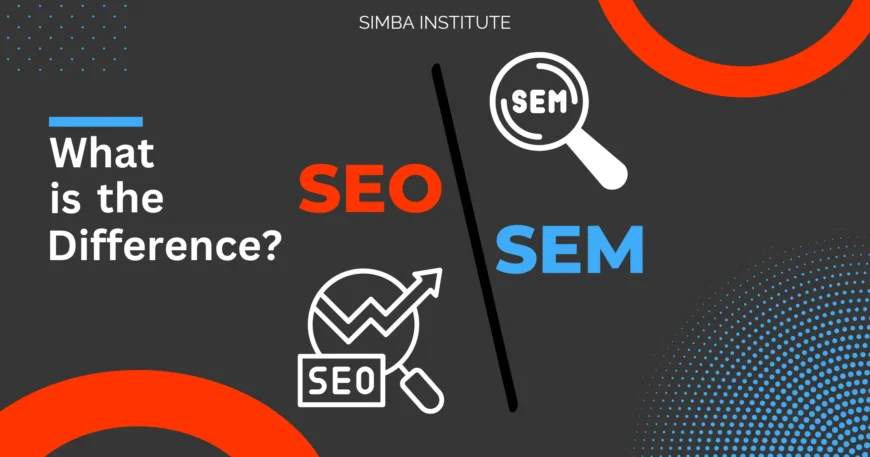SEO vs SEM both are essential marketing strategies used to increase website traffic, draw in potential clients, and establish brand authority. But what do SEO and SEM actually do?
We’ll go over exactly what SEO and SEM are, how they operate, and why they’re so crucial in this article. After that, we’ll compare SEO and SEM to assist you decide which to employ and when.
1. An introduction to search marketing and SEO vs SEM
Ever felt the sudden urge to look for a plumber or a pair of purple magic socks? That must be a no on the plumber, in my opinion. The proprietor of the website selling your soon-to-be-magical pair of socks uses search engine marketing to gain visibility on search engines like Google, Yahoo, Bing, and others. Through SEO or SEM, they can do that.
- SEO (search engine optimization) includes all the actions our magic socks shop will do to increase the likelihood that people will find their socks website through natural search results (i.e., without paying a search engine to display their website).
- SEM (search engine marketing) is the practise of paying search engines to list the website in the SERPs when people are looking for magic socks.
So, while SEM and SEO are both types of search marketing with the same overall objective, they operate in distinct ways. Now let’s examine each in further detail, beginning with SEO.
2. What is SEO?
In order to rank well on the Search Engine Results Page (SERP) naturally, website owners utilise a set of strategies called search engine optimisation (SEO). It is a technique for getting your website and other material to show up among the top results when a person searches for associated terms. Google, Baidu, Bing, Yahoo, Yandex, and DuckDuckGo are the top search engines.
The majority of conversations among marketers regarding SEO centre around Google because, according to Statcounter, a website traffic tracker, it holds 91.86% of the market. We’ll do the same throughout this piece.
How does SEO work?
Let’s use common sense! The search engine results for “magic socks” are shown in the following snapshot. Why do you suppose Google displayed these to me?
Google selected the top three results from a crawl of 73.1 million websites in 0.98 seconds based on the assumption that they would be the most relevant to my search. This was determined by a number of things.
The purpose of the used keywords can also be ascertained by search engines. For instance, I searched with the transactional term “sale,” suggesting that I wasn’t just seeking for magic socks but also wanted to buy them.
Types of SEO
There are three techniques for search engine optimisation. Each is designed to take into account the various indications that Google considers when determining which websites to rank and in what order.
On-page SEO
All the SEO components you may manage and improve directly on a web page are referred to as on-page SEO. This comprises elements like the written text and material present on a page, headers, pictures, and alternative text for pictures. Here is a detailed list of the on-page SEO ranking elements.
For instance, we have used H1, H2, or H3 tags to indicate the heads in this article. This terminology aids Google’s crawlers in comprehending our content and its organisational structure.
How websites have used keywords in their text is another aspect of on-page SEO that Google takes into consideration. They consider keyword density and relevancy.
Technical SEO
These are technical website optimisations that focus on factors like as mobile friendliness, site loading speed (Google suggests a loading time of 3 seconds or less), crawl problems, and the inclusion of sitemaps. Technical SEO is frequently the domain of site developers and SEO experts.
Off-page SEO
Anything that takes place outside of your own website or content that may have an impact on how it ranks in the search results is known as off-page SEO. This includes adjustments for characteristics that search engines employ as off-page signs of authority to influence ranking, such as backlinks, referring domains, and social media shares.
For instance, if someone links to a blog post you’ve published while writing their own blog post, they are telling Google that your content is pertinent to their term or subject. Off-page SEO is that!
3. What is SEM?
SEM involves paying search engines to display your web pages when relevant keywords are searched for, whereas SEO concentrates on bringing “free” organic traffic to your website. Another name for it is Pay Per Click (PPC).
Why is SEM important?
Search engine marketing is used by businesses to outrank rivals who rank more highly naturally and to safeguard their brand.
For instance, if Apple introduces a new iPhone and runs a successful TV ad promoting it, Samsung (seeing that the ad would drive people to Google) could run pay-per-click advertisements against “new iPhone” searches, provide an alternative, and convert part of that traffic.
With the advantage that Google prioritises brand owners on advertisements against their own brand terms, Apple would also run PPC ads against searches for “new iPhone” in order to combat this. As a result, it would show up twice in the SERP.
4. SEO vs SEM: What’s the difference?
As we’ve already established, search marketing includes both SEO and SEM. Now that we know what they all mean, let’s think about how they differ from one another. The following list outlines the differences:
- SEM results are identified as “Ads” on the SERP page. Results from SEO aren’t. Google does this to help users tell commercial results from natural search results.
- SEM results, in contrast to SEO results, are tailored to a particular user demography. In addition to keywords, SEM results target people based on information like location and time. The relevance of the ranking pages to the keyword queries determines how relevant SEO results are to all users.
- SEM and SEO use several ranking variables. On-page criteria like keyword relevance, off-page factors like the number of websites referring back to the page, and technical SEO elements like website loading speed all play a role in SEO ranking. The Google Ads auction mechanism provides the basis for ranking SEM results. The SEM ad auction system takes into account the quality of the advertising, the predicted effect of the ad formats employed, and the amount businesses paid on keywords (bid amount). Title tags, meta descriptions, backlinks, publishing speed, social media shares, domain authority, and the state of XML sitemaps are all aspects that can be optimised to improve SEO results.
- SEM has an instant impact, but SEO has a longer-term effect. While SEO can take some time to show results, SEM results can appear on the first page of search engines within a day. For instance, it can take months for a blog item you publish to appear in the top 10 search results. Only 5.7% of the pages ranked in the top 10 of Google were less than a year old, according to a 2017 analysis by Ahrefs.
- While SEO results are free, SEM results operate on a pay-per-click approach. SEM can be costly over time because search engines charge for each SEM result that visitors click on. The only expense associated with SEO results, on the other hand, is the creation and optimisation of the content that is clicked on by people.
5. How can SEO and SEM complement one another?
In spite of these distinctions, there are numerous areas where SEO and SEM overlap.
- Both have a keyword research foundation. The relevancy of the ranking pages to the users’ queries is the basis for both SEO and SEM outcomes. Thus, keyword research is essential in both cases. SEM makes use of a term Planner tool that the search engine advertising platforms offer, which contains data on term search volume and competitiveness. Third-party keyword research tools like MOZ, Semrush, or Ahrefs are used in SEO.
- Both call need ongoing iteration. Results for SEM and SEO are established by contrasting various pages and selecting the one that best meets the needs of search engine users. Both brands use ongoing advancements to stay ahead of the competition. For instance, SEO article updates and ad copy modifications in SEM.
- Both increase a brand’s search engine prominence. Companies are brought to the attention of people using search engines to find products thanks to SEO and SEM. Additionally, brands can combine them to beat out rivals or show up several times on the SERP.
Here is an example of a screenshot where this might be relevant. The top organic result (Hootsuite) has fallen to position three as a result of PPC advertisements.
Some brands run PPC advertisements for keywords that they score highly for organically in order to get around this problem—especially for high-value keywords. This is done to lessen the impact of rivals using SEM campaigns to sabotage successful SEO work.
Conclusion
We hope that by this point you have a clear understanding of the distinction between SEO and SEM But for the benefit of those in the back, let me reiterate in case that wasn’t clear:
SEO employs unpaid strategies to naturally increase traffic to your website. Although it takes longer (often three to six months), the technique can be beneficial in the long run.
Paid search platforms are used for SEM, which includes PPC, to direct focused visitors to your website. Although it requires money, it can yield effects fairly rapidly.
Too many people either mistake these for one another or view them as entirely different programmes, missing out on the advantages of combining them.
Both should be a component of your digital marketing plan for the greatest outcomes.
While they individually have particular advantages and disadvantages, when correctly combined, they can provide you a distinct competitive advantage.



